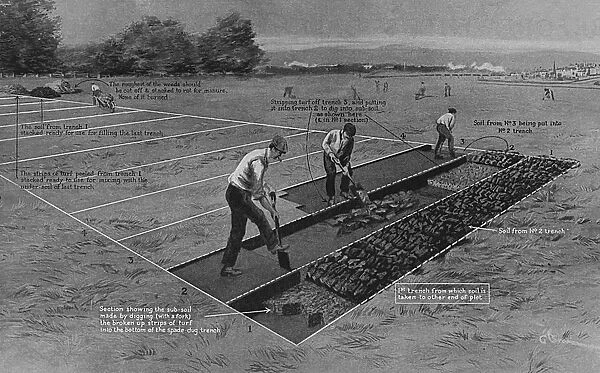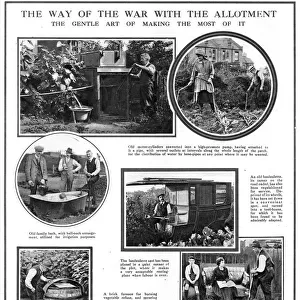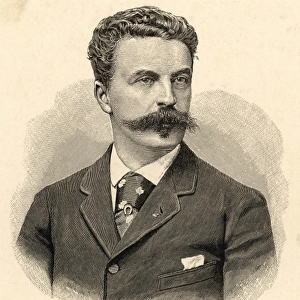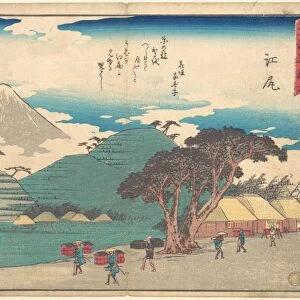How to start an allotment during WW1
![]()

Wall Art and Photo Gifts from Mary Evans Picture Library
How to start an allotment during WW1
Diagram in The Sphere advising readers how to start work on a raw piece of ground in order to create an allotment. The Food Production Department was keen to get around 500, 000 allotments in progress as a move towards providing food for the nation due to shortages during the First World War. Date: 1918
Mary Evans Picture Library makes available wonderful images created for people to enjoy over the centuries
Media ID 14166851
© Illustrated London News Ltd/Mary Evans
Allotment Allotments Diagram Digging Gardening Growing Shortages Sphere Start Supply Vegetables
EDITORS COMMENTS
Amidst the hardships and uncertainties of the First World War, the call to action for self-sufficient food production reached every corner of British society. In this 1918 diagram from The Sphere, readers are advised on how to begin the process of transforming a raw piece of ground into a productive allotment. With the Food Production Department aiming to establish around 500,000 allotments in response to food shortages, this simple yet effective guide offered a practical solution for those at the 'Home Front'. The diagram illustrates the steps required to prepare the ground, from marking out the plot with stakes and string, to the essential first dig. The importance of proper planning and preparation is emphasized, with instructions on creating drains, removing stones, and adding manure. The diagram also includes valuable tips on planting and crop rotation, ensuring a successful and sustainable harvest. As the war continued, the allotment movement gained momentum, becoming a symbol of resilience and self-reliance in the face of adversity. The creation of these community gardens not only provided much-needed food for families but also fostered a sense of unity and purpose among the population. This historical image serves as a poignant reminder of the ingenuity and determination of the British people during the First World War.
MADE IN AUSTRALIA
Safe Shipping with 30 Day Money Back Guarantee
FREE PERSONALISATION*
We are proud to offer a range of customisation features including Personalised Captions, Color Filters and Picture Zoom Tools
FREE COLORIZATION SERVICE
You can choose advanced AI Colorization for this picture at no extra charge!
SECURE PAYMENTS
We happily accept a wide range of payment options so you can pay for the things you need in the way that is most convenient for you
* Options may vary by product and licensing agreement. Zoomed Pictures can be adjusted in the Cart.












